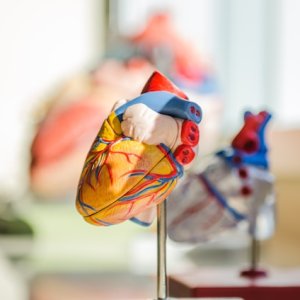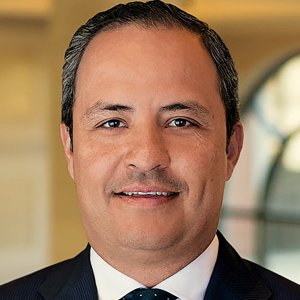Reflections on the Future of the Health System in Mexico

STORY INLINE POST
Notwithstanding the different paths that the various stakeholders in the Mexican health system navigate, there are points of convergence on the road that lead us to a shared goal: providing quality healthcare to the Mexican population.
Many of these paths are decided based on epidemiological and demographic data that reflect the impact of specific conditions that, year after year, affect the population: cardiovascular diseases, hypertension, diabetes, obesity, renal failure — these are just some examples of critical issues that will continue to call for collaboration.
I should say that at this moment, we are not all aligned regarding the best approach to solve the acute needs of the population, nor the convergence of the private and public ecosystems. I also want to recognize the disparity of available care in our country, where there exists access to the highest level of care in parallel to systems that lack the necessities to provide the most relevant services to patients.
The medical technology and devices industry has the enormous advantage of being able to collaborate with virtually the entire service network surrounding the patient. Physicians, nursing staff, hospitals, pharmacies, insurers, and a vast chain of providers work together to deliver solutions to those who need them.
Our work is cooperative in nature. This allows us to quickly identify the junctures of commonality that arise from shared needs with these actors. For example, at a recent meeting of the Association of Private Hospitals of Mexico, I had the opportunity to listen to two experts on the development of public and private health systems: Dr. José Narro and Lic. Alejandro Alfonso. Both helped me confirm two powerful challenges backed by undeniable evidence.
-
The aging of the population: It is crucial to be prepared for what lies ahead. The population pyramid in Mexico is inverting, and this will force us to rethink the economic and social models on which the healthcare system is currently based. We must also discuss highly complex issues such as retirement age and budget allocation.
-
The enormous need for health education: We need to continue to produce enough doctors to meet our population's healthcare needs. We must work toward a better-educated society in health matters; only with a health-conscious population can we tackle the significant imbalance between supply and demand that we will face.
Certainly, there are more examples of equally important challenges for the future of healthcare in Mexico. I consider it urgent to work on a roadmap that allows us to prioritize and address them with full awareness of the resources that we know are available today. We must avoid falling into the trap of over-diagnosing the barriers, and rather, strive to move forward with the implementation of a clear goal-orientated path.
The challenge is equally immense for both the public and private systems; in both cases, resource optimization (operational and budgetary) are indispensable to achieve sustained scalability.
I believe that we, the multiple actors in the Mexican healthcare system, are being given the opportunity to converge and to develop new and more efficient models of care in the face of the epidemiological transition that will occur over the coming decades. Today, I am fortunate to hear from key players in the healthcare system who are clearly aware of what medical technology can do, and more importantly, how it can be used to improve the quality of services and provide more value to patients.
All of us who are part of the healthcare system must familiarize ourselves with hospital ecosystems that are incorporating and taking advantage of digitization, automation, artificial intelligence, genetic sequencing, 3D printing, virtual reality, and telemedicine. We must also recognize that patients will increasingly expect full access to information about their conditions. Today, tools like ChatGPT are changing the rules of the game.
The innovation currently found in medical technology can only truly show its value when it reaches the patient. Today, everything can be measured, and we cannot deny that for better clinical outcomes to be an achievable goal, it will require our utmost commitment and full willingness to generate agreements between stakeholders.
We can take examples from the private sector, where financing and payment schemes by insurers are beginning to see value-based models as the most viable path in the long term. However, they are just small rays of sunshine in the face of the storm that lies ahead.
I wish the scenario was less turbulent and allowed greater clarity surrounding the necessary mechanisms to increase access to patients. However, the current context demands adaptability rarely seen in the history of the healthcare system in Mexico. The needs are present, but so are the opportunities. In the end, what we need is to continue working collectively and with total flexibility to provide the solutions that patients require.








 By Héctor Orellana | VP North Latam -
Tue, 09/05/2023 - 12:00
By Héctor Orellana | VP North Latam -
Tue, 09/05/2023 - 12:00
















